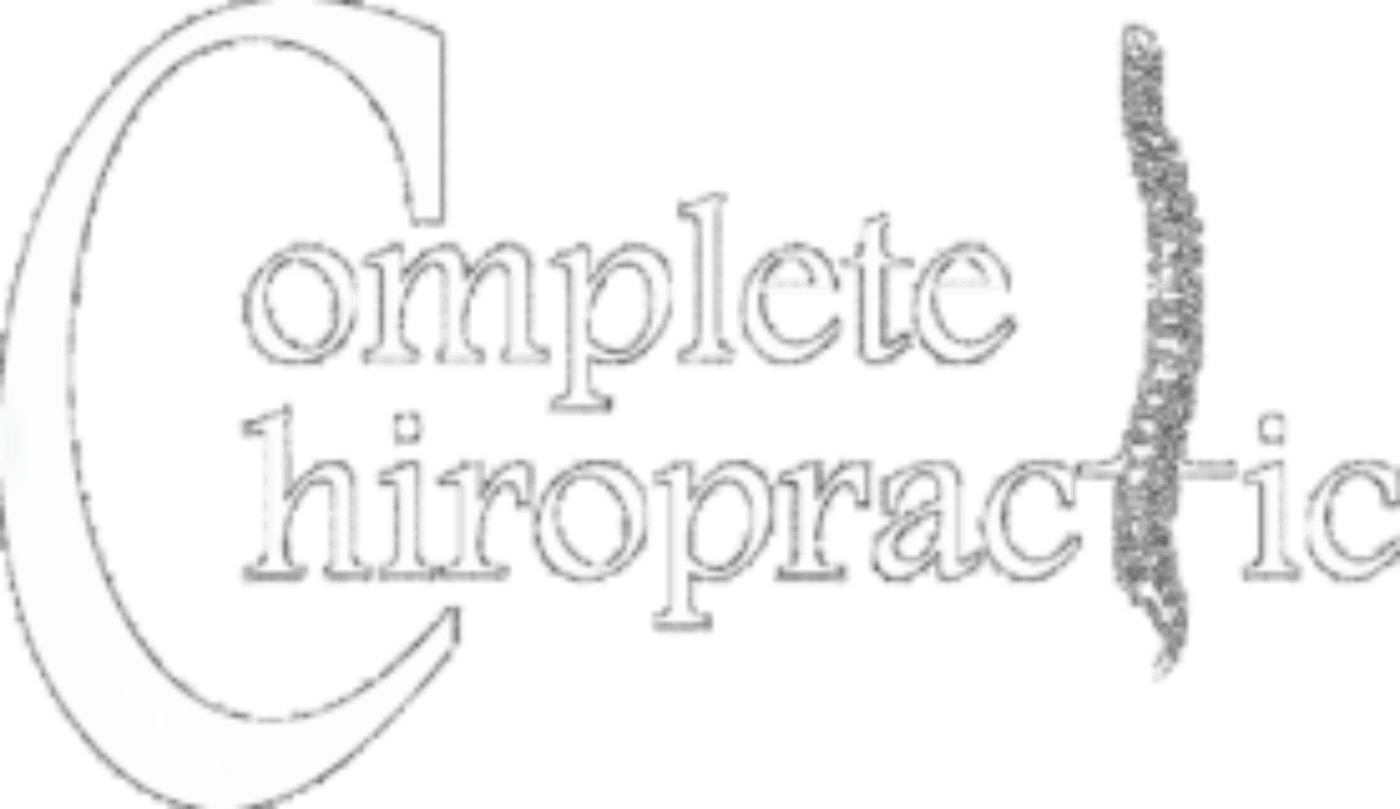There has been solid scientific theory and many case studies done on the non-neuromusculoskelatal benefits of receiving chiropractic care. There are more and more research studies being done on this, showing full body benefits.
Febuary is Heart Health Month. There are preliminary studies showing the benefits of manipulation and hypertension. Further research is needed but they are showing great promise.
Hypetension can be serious and you should always coordinate your care with your medical doctor. Exercise and Diet should be first and foremost and should not be an option, but a requirement. Medication should be given only if exercise and diet is not enough and to be used to supplement your exercise and diet changes and not replace them.
Journal of Bodyworks and Movement Therapies Research Article
Osteopathic manipulation as a complementary treatment for the prevention of cardiac complications: 12-Months follow-up of intima media and blood pressure on a cohort affected by hypertension
Journal of Bodywork & Movement Therapies , 01/12/2011
Cerritelli F et al. – This study shows that, among patients affected by cardiovascular disorders, osteopathic treatment is significantly associated to an improvement in intima–media and systolic blood pressure after one year. Multicentric randomized trials of adequate sample size are needed to evaluate the efficacy of Osteopathic manipulative treatment (OMT) in the treatment of hypertension.
J. Human Hypertens. 2007 May;21(5):347-52. Epub 2007 Mar 2
Anatomical abnormalities of the cervical spine at the level of the Atlas vertebra are associated with relative ischaemia of the brainstem circulation and increased blood pressure (BP). Manual correction of this mal-alignment has been associated with reduced arterial pressure. This pilot study tests the hypothesis that correcting mal-alignment of the Atlas vertebra reduces and maintains a lower BP. Using a double blind, placebo-controlled design at a single center, 50 drug naïve (n=26) or washed out (n=24) patients with Stage 1 hypertension were randomized to receive a National Upper Cervical Chiropractic (NUCCA) procedure or a sham procedure. Patients received no antihypertensive meds during the 8-week study duration. The primary end point was changed in systolic and diastolic BP comparing baseline and week 8, with a 90% power to detect an 8/5 mm Hg difference at week 8 over the placebo group. The study cohort had a mean age 52.7+/-9.6 years, consisted of 70% males. At week 8, there were differences in systolic BP (-17+/-9 mm Hg, NUCCA versus -3+/-11 mm Hg, placebo; P<0.0001) and diastolic BP (-10+/-11 mm Hg, NUCCA versus -2+/-7 mm Hg; P=0.002). Lateral displacement of Atlas vertebra (1.0, baseline versus 0.04 degrees week 8, NUCCA versus 0.6, baseline versus 0.5 degrees , placebo; P=0.002). Heart rate was not reduced in the NUCCA group (-0.3 beats per minute, NUCCA, versus 0.5 beats per minute, placebo). No adverse effects were recorded. We conclude that restoration of Atlas alignment is associated with marked and sustained reductions in BP similar to the use of two-drug combination therapy.
For more information on Chiropractic visit: www.CompleteChiroCenter.com.
